The Crypts of St. Michan’s Church
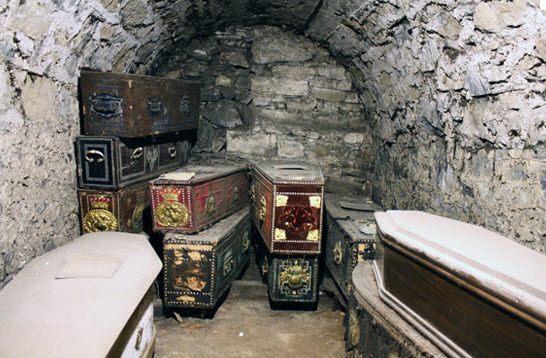
Hidden beneath the bustling streets of Dublin lies a mysterious and chilling piece of history: the crypts of St. Michan’s Church. These ancient burial vaults, which have held the remains of some of Ireland’s most influential families from the 17th and 18th centuries, have long fascinated visitors with their eerie atmosphere and remarkably preserved mummies. However, they are perhaps best known for inspiring one of the most famous horror stories ever written: Dracula by Bram Stoker.
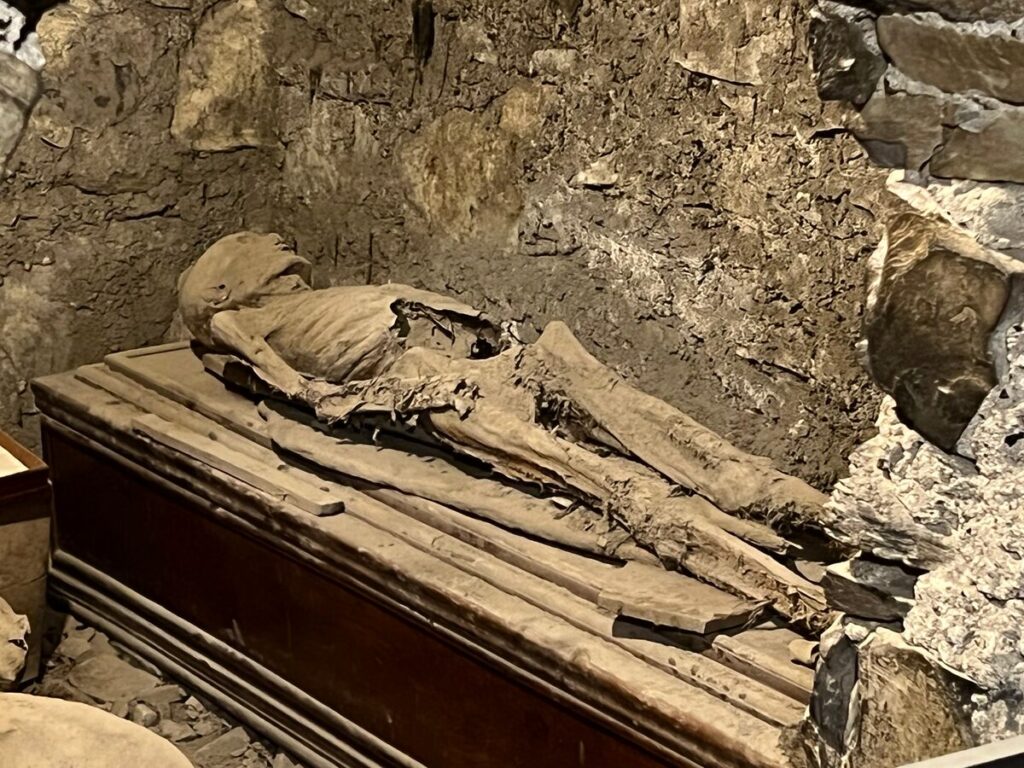
St. Michan’s Church, built in 1095, is one of Dublin’s oldest parishes. The crypts beneath the church are a stark reminder of the city’s rich and layered history. The mummified remains of those buried here, preserved by the dry conditions and limestone walls, offer a glimpse into Dublin’s past, where prominent families and influential figures found their final resting place. These tombs have remained undisturbed for centuries, maintaining a haunting silence that adds to the crypts’ eerie charm.
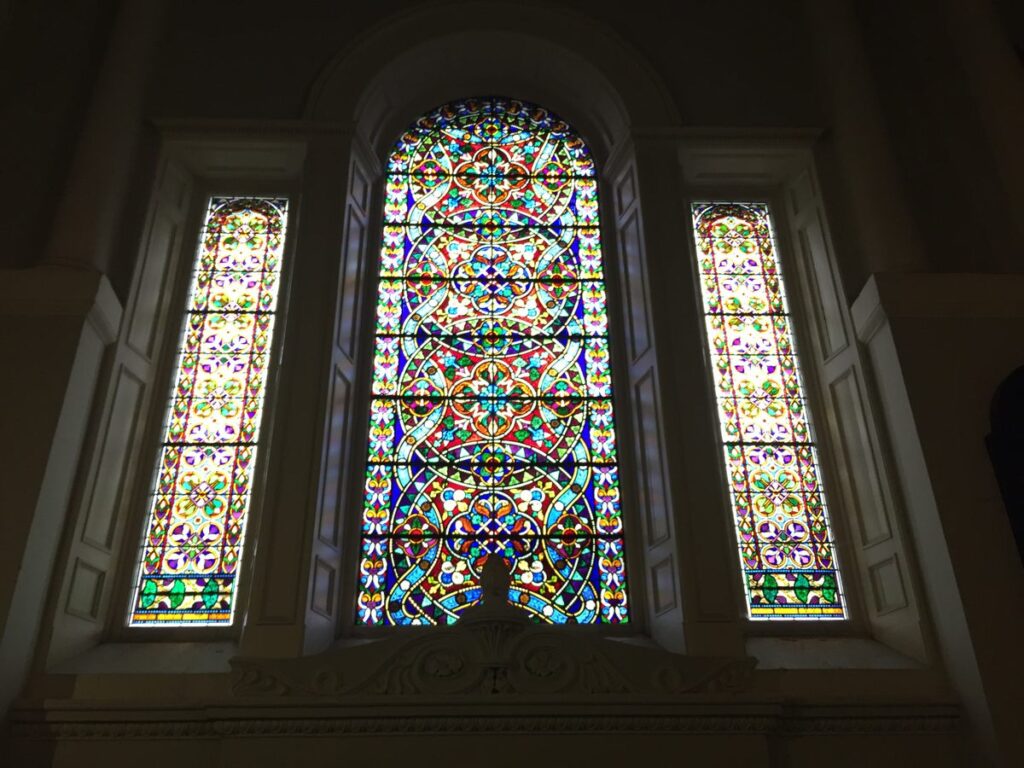
Bram Stoker, the creator of Dracula, visited these crypts in the 19th century, and it is widely believed that the macabre sight of the mummified corpses served as a significant source of inspiration for his iconic vampire novel. The oppressive darkness, the sense of decay, and the overwhelming aura of death within the crypts are all elements that find echoes in Stoker’s descriptions of Count Dracula’s lair.
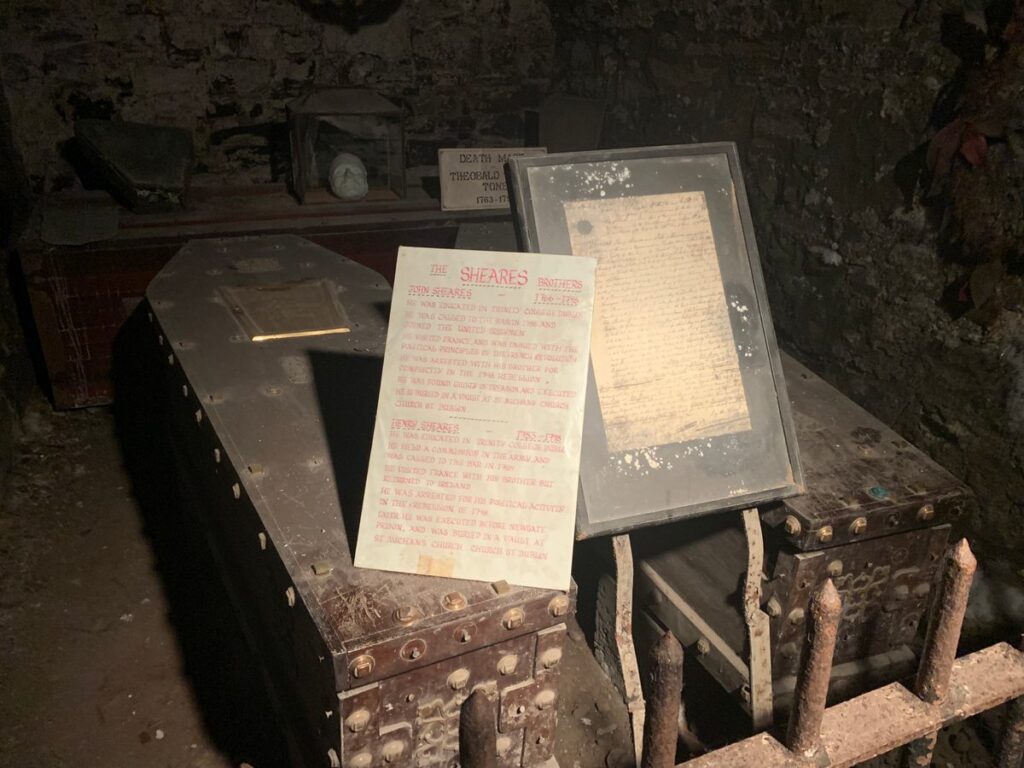
Stoker’s ability to channel the atmosphere of St. Michan’s into his writing demonstrates his genius in transforming a real-life experience into a timeless work of fiction. The crypts’ influence is evident in the way he crafted the character of Dracula, a figure who embodies death and immortality, much like the centuries-old mummies in St. Michan’s.
The Crypts Today
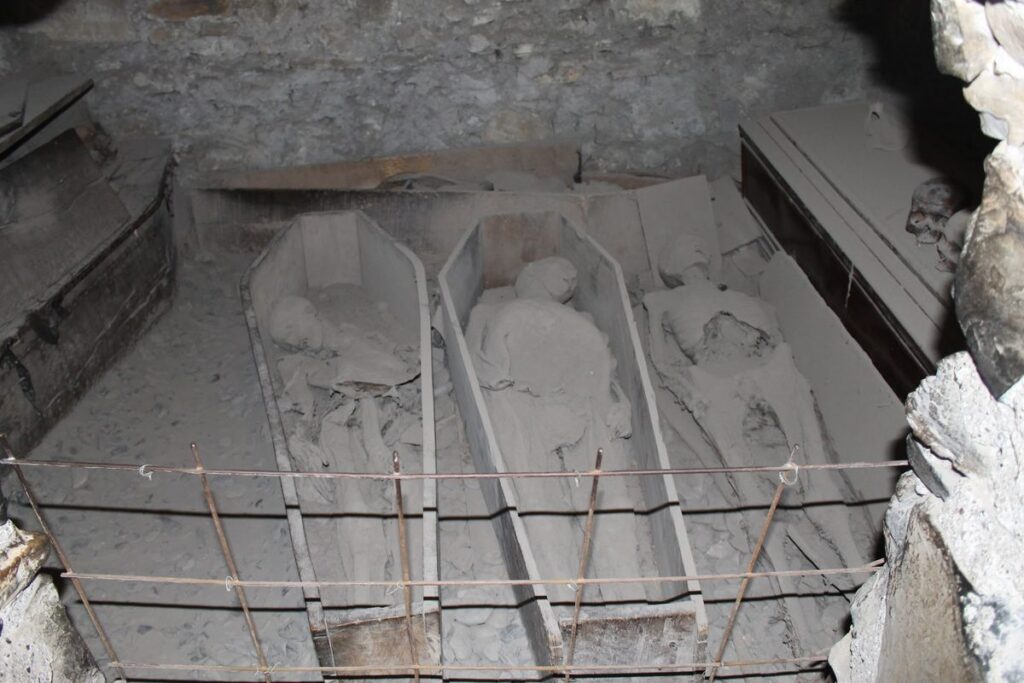
Today, the crypts are a popular tourist attraction, drawing visitors from all over the world who are eager to experience the same haunting environment that once stirred Bram Stoker’s imagination. Guided tours lead visitors through the dark, narrow passages, where they can see the coffins stacked in corners, each adorned with ornate metalwork that has tarnished with time.
The image above captures the crypts’ haunting atmosphere, with coffins stacked haphazardly, draped in dust, and adorned with timeworn decorations. The scene is one of quiet desolation, offering a stark reminder of the passage of time and the inevitability of death.
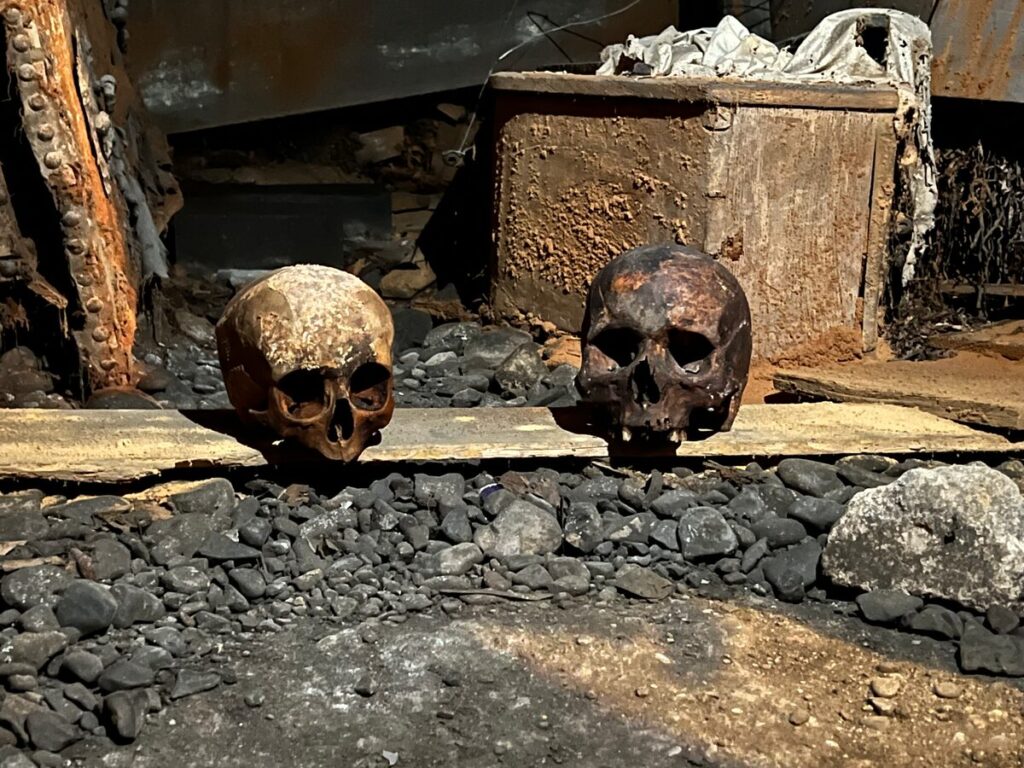
In addition to the historic crypts, St. Michan’s Church itself is worth exploring. The church has a long history, with its current structure dating back to the 17th century. The building’s exterior and interior carry the weight of centuries of religious and social history, making it a fascinating site for history enthusiasts and those intrigued by the supernatural.